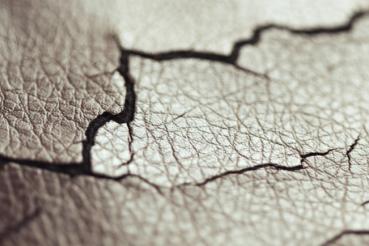Now that spring has officially sprung (and summer is just around the corner) it's a good time to talk about sun safety and sunscreen. Lately, sunscreen has gotten a bad rap in social media. People are worried about the chemicals in the lotions we use and causing harm to their child by using them. But, the truth of the matter is that not using an effective sunscreen will cause much more damage.
Skin cancer is a real problem and in many cases is related to damage from the UV rays from the sun. This damage starts when we are young and compounds on itself as we age. Sun damage not only causes many skin cancers but it is also related to wrinkles, skin discoloration and burns that can result in pain and scars.
We all want you and your kids to enjoy the outdoors as the weather continues to get nicer, but just remember to be safe about it.To protect yourself and your kids from the sun, here are four things to know:
- Sun avoidance: Stay in the shade when you can. Use big-brimmed hats, long lightweight clothing or the shade of a building to keep yourself out of direct sunlight. The hours of 10 a.m. to 4 p.m. are when the sun is strongest and tends to cause the most damage. Remember, though, clouds don’t count as sun avoidance — you can still get burned through the clouds.
- Sunscreen clothing: Some clothes actually have an SPF rating. They are often long-sleeve shirts and pants that you and your kids can wear. These items are lightweight, ensuring that you and your child won't overheat. They also cover a large surface area of skin, which means your child will need less sunscreen. Hats can also be SPF rated and you and your child can wear those to protect the scalp, face, and neck.
- Sunscreen lotions: Experts recommend an SPF of 30-50 no matter your age (even young babies who are going to be in the direct sun should be protected). Proper application is key. You need to put a generous layer on any exposed skin (don’t forget your ears) and reapply every two hours — especially if swimming/sweating. You also should apply sunscreen 15 minutes prior to going in the sun to allow it to dry. At first, many sunscreens are white on the skin. Get it all over your skin, let it dry for 10 minutes, and then you can rub in any remaining white spots.
- Types of sunscreen: There are two types of sunscreen — physical blockers (which contain titanium dioxide or zinc oxide) and chemical blockers (which have chemicals that block the harmful UV rays from the sun). Using physical blockers may help minimize irritation from sunscreen use if you or your child has sensitive skin. Zinc oxide is the main ingredient in a lot of diaper rash creams — so you could even use this for sunscreen in a pinch.




